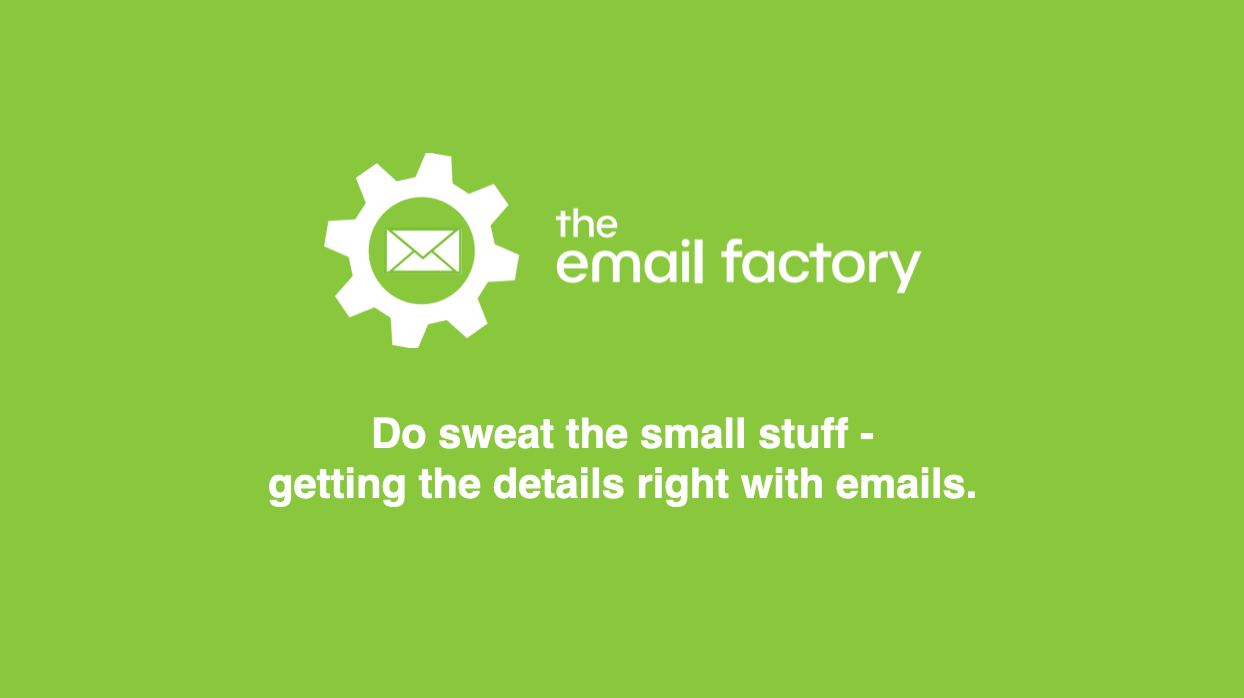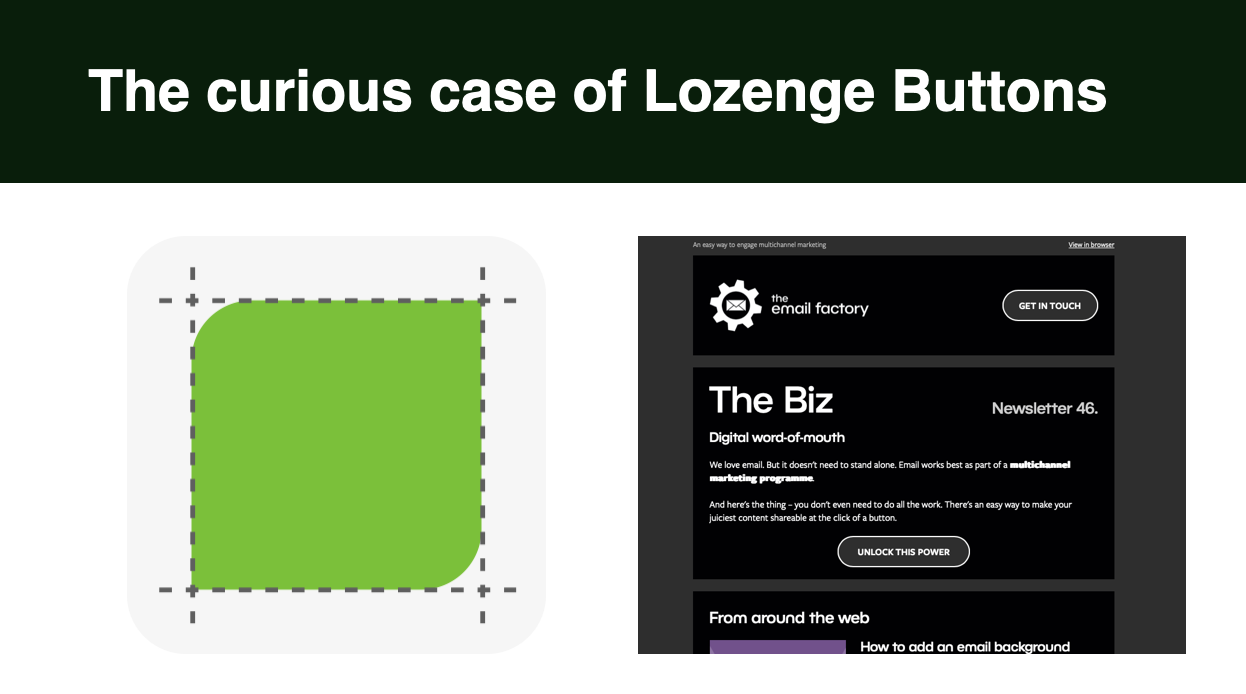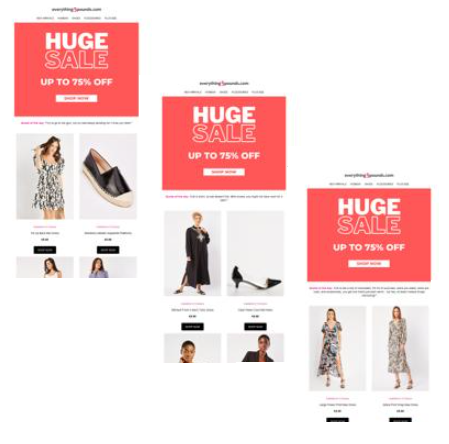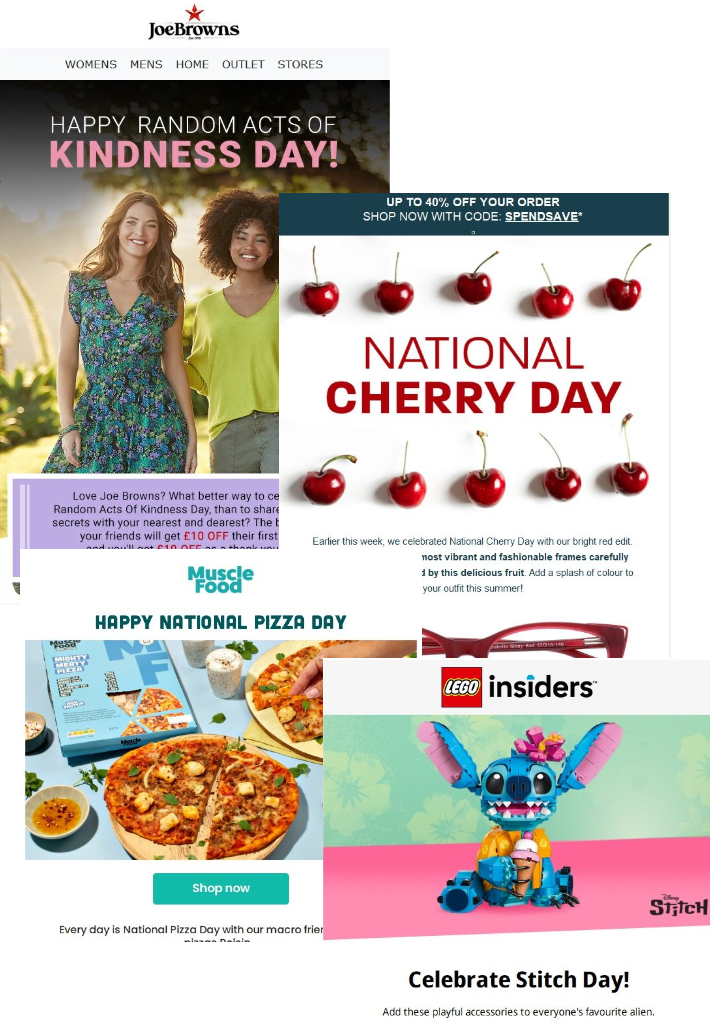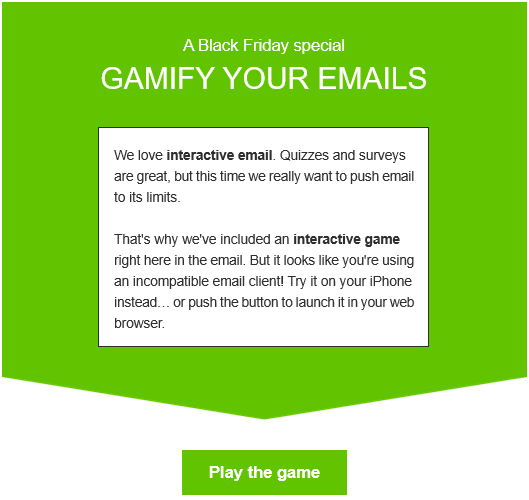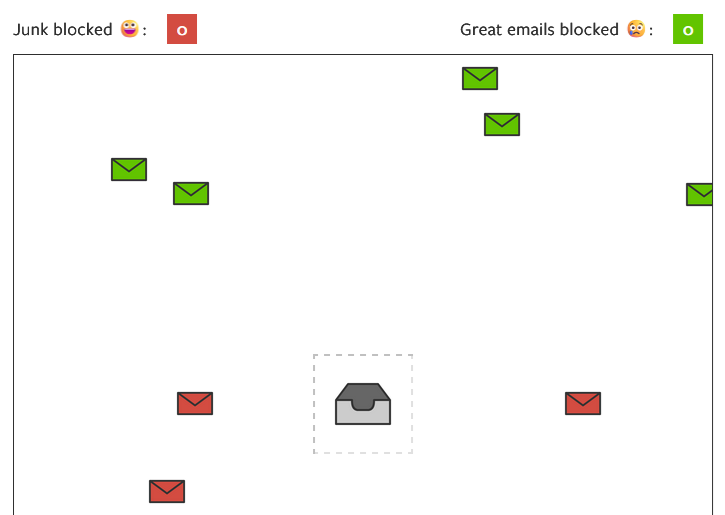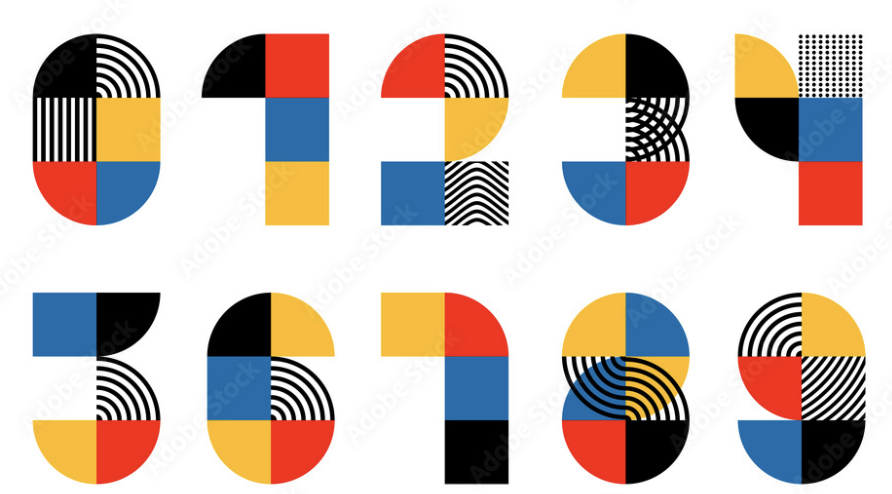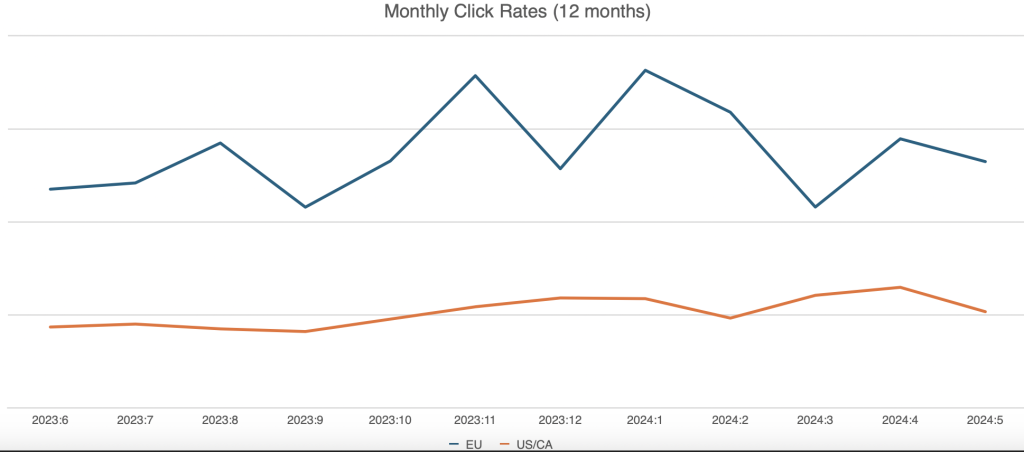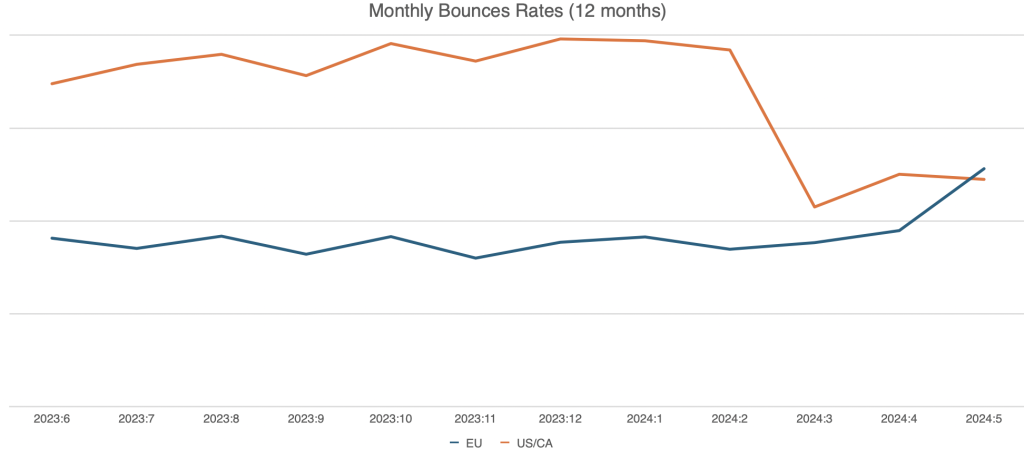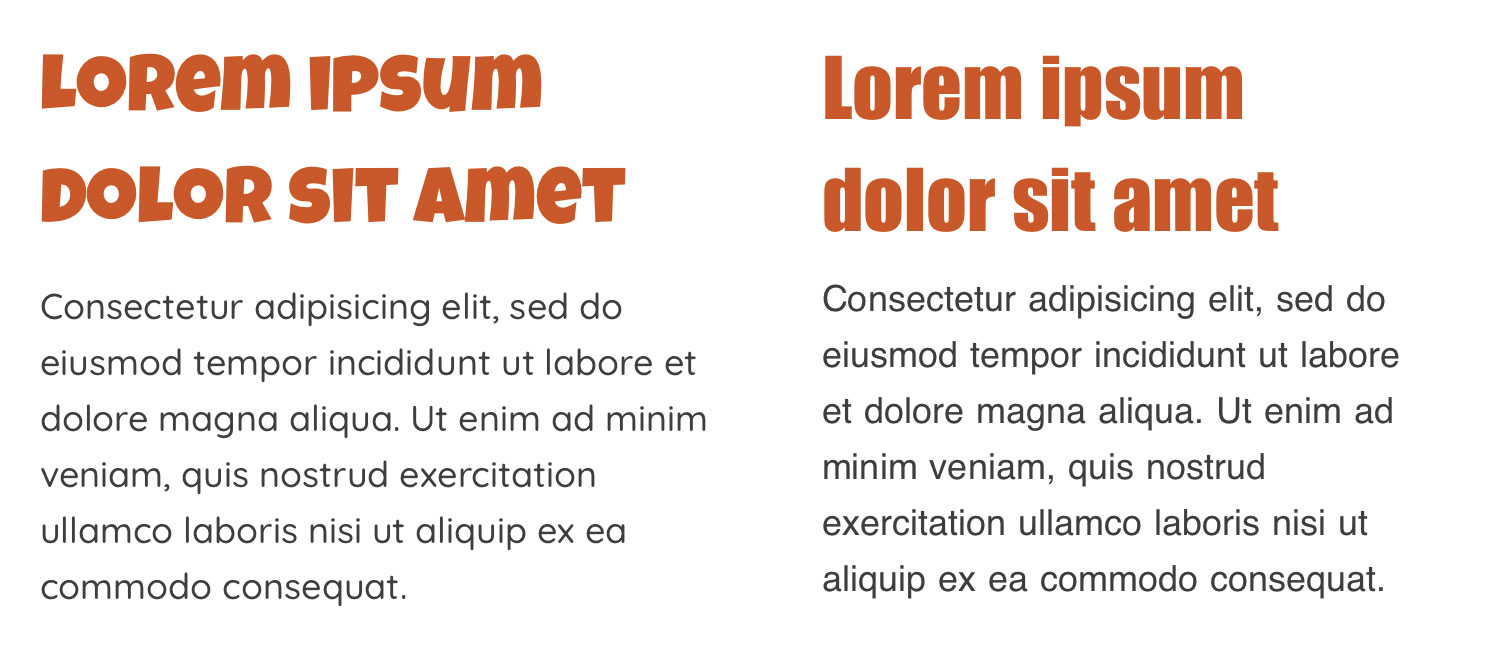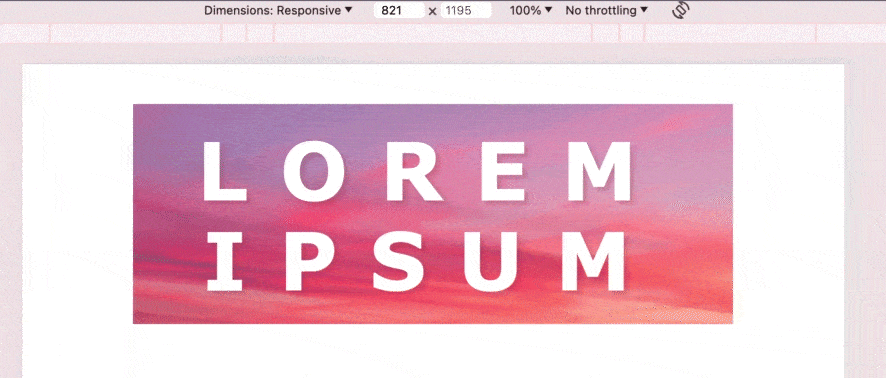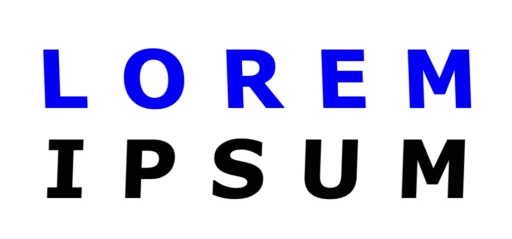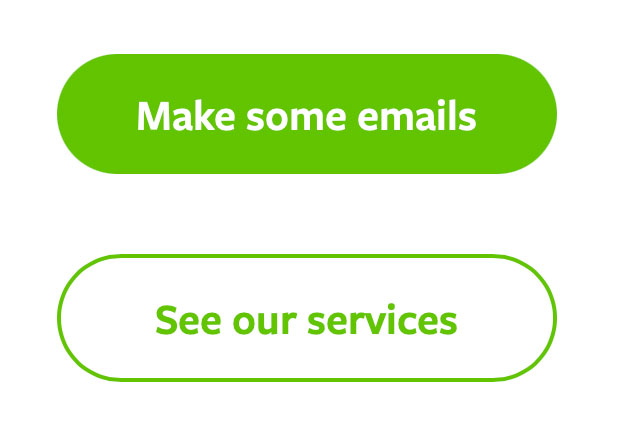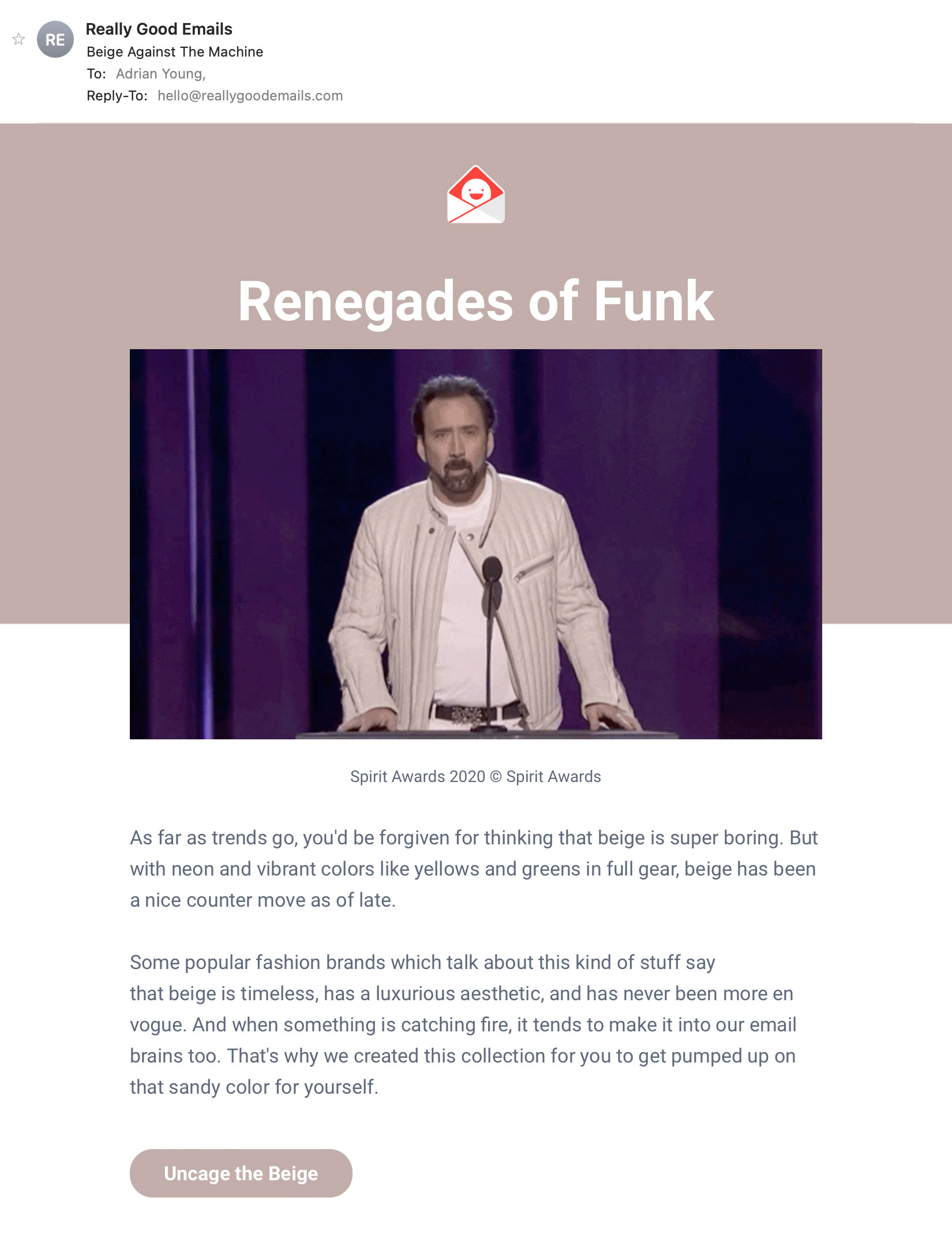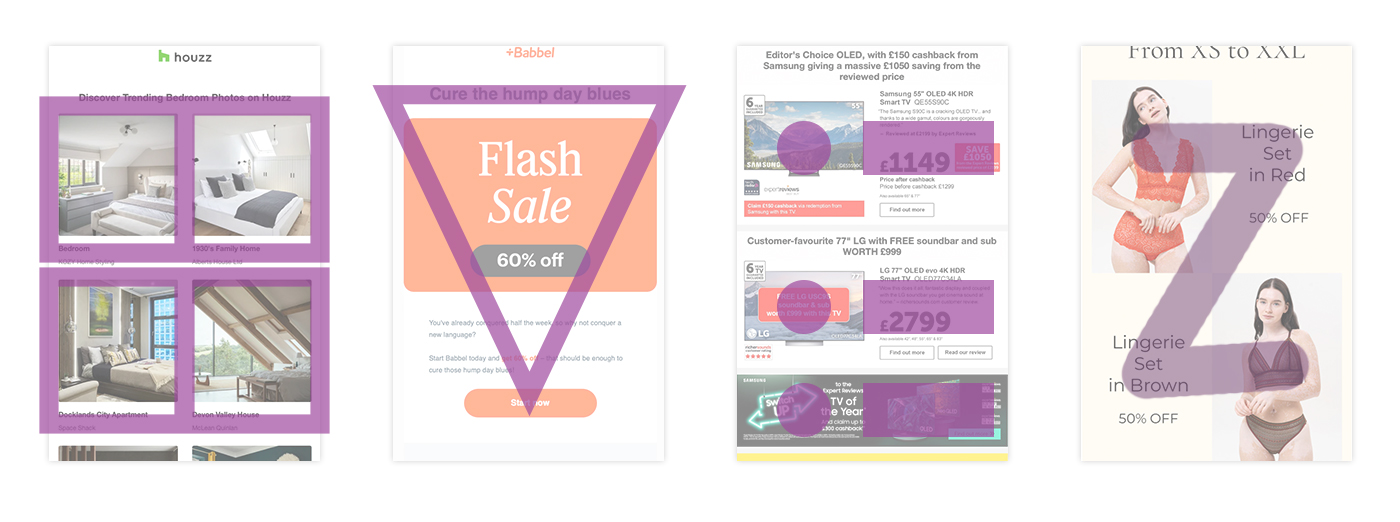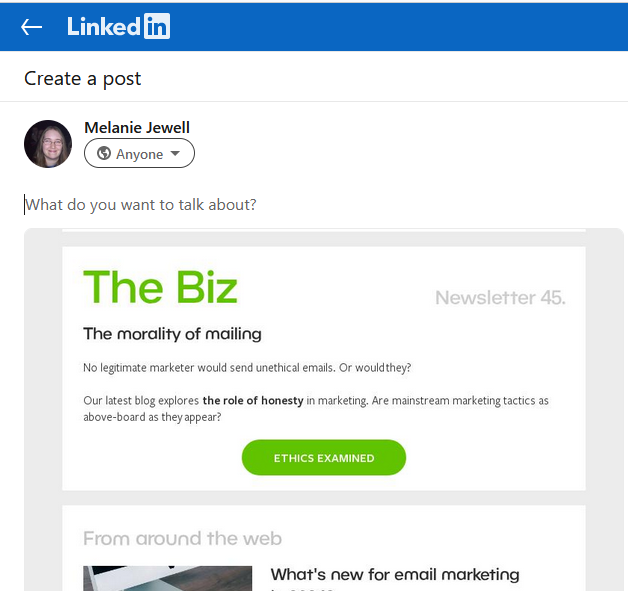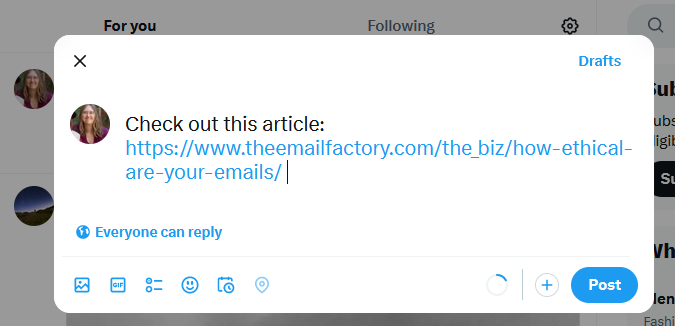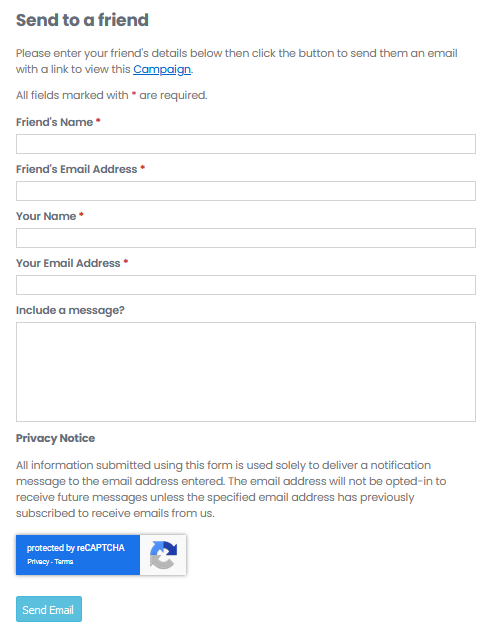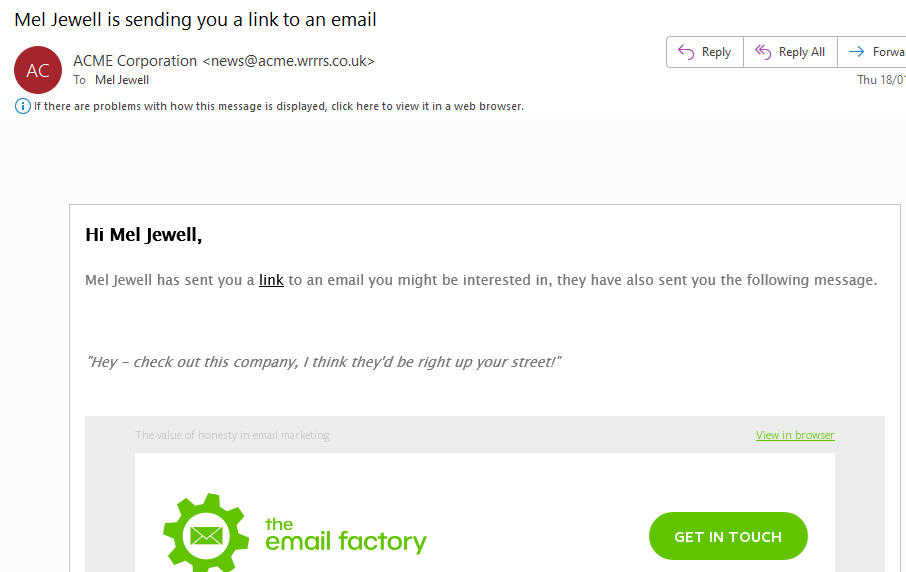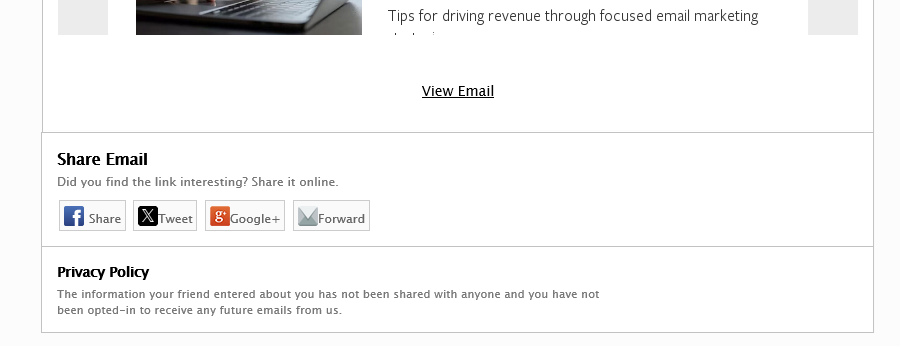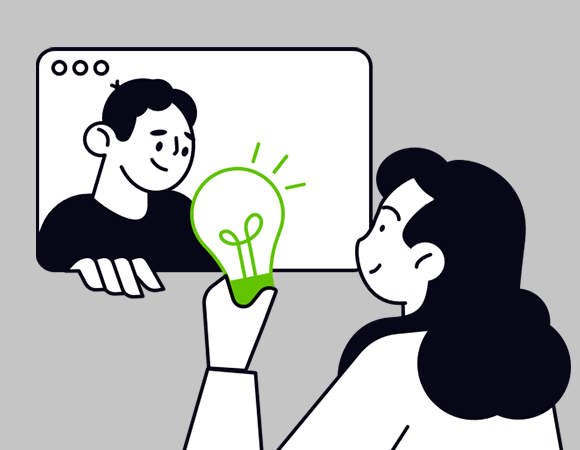There’s been a lot of talk about the European accessibility act that kicked in at the end of June 2025. In a nutshell, it’s a set of accessibility requirements for products and services in EU countries. That’s a good thing of course, but what does it mean for us email marketers?
Specifically, nothing
Email is not mentioned anywhere in the directive. Which makes sense really, as email is not the medium through which a product or service is delivered. It’s a marketing channel.
Case closed, next topic? Not quite.
Universal concepts
Website requirements on the other hand are detailed in the European accessibility act. The directive conveniently breaks down web accessibility into four principles:
- Perceivability
- Operability
- Understandability
- Robustness
All users – including those with disabilities – must be able to perceive and understand both the information and interface of a website. A person must be able to operate and navigate a web page or application without barriers. And the site must be sufficiently well developed that it works across a range of devices and software, including assistive technologies such as screen readers.
These are all broad concepts, and it’s no stretch to see how they could also be applied to HTML email. Let’s take a look at each of the principles in turn.
Perceivability
I’ll quote directly from the European accessibility act guidelines: “information and user interface components must be presentable to users in ways they can perceive”. That sounds obvious. But just try opening an assortment of marketing emails in your inbox and you’ll likely see all manner of failures in this category.
I can think of a few examples off the top of my head:
- Stylised tiny fonts. Elegant? Maybe. Readable for all? No.
- Decorative image-based typography. Eye candy is nice… but accessibility is better.
- Low-contrast design. Soft colouring may be thematically appropriate for many a brand – but never at the expense of contrast.
- Fear of stacking content on mobile. Scrolling is not the enemy. Squashing content into a tiny viewport is!
Operability
Alright, we’ve thought about the presentation of an email. Now let’s consider how a user will interact with it.
There are two main actions a user will (hopefully) take after opening an email:
- Scrolling
- Clicking
Those are obvious of course. But they’re not an exhaustive list of email interactions. What if a person isn’t using a mouse and is instead tabbing through your email content? What if they want to zoom in for a closer look? What if they want to highlight and copy some text to look something up on Google? The easier you make it for a reader to perform these actions, the more operable your email.
Understandability
The guidelines state: “information and the operation of the user interface must be understandable”. That overlaps heavily with the previous operability principle, so we’ll focus on the information aspect.
Subject lines come immediately to mind. “An exciting offer just for you” might sound enticing, but it doesn’t tell the customer anything useful. Clearly stating the offer from the get-go makes an email instantly more understandable before it is even opened.
This concept of clarity can equally be applied to rest of the email. The more clearly an offer can be communicated to a customer, the more it satisfies the principle of understandability.
Robustness
This final principle is less human-oriented than the previous and instead concerns hardware and software compatibility. A website may be viewed on a variety of browsers on any device in the world. That means countless combinations of device and application, further complicated by individual user settings.
It’s a similar story for email. Your customer might be looking at your email in Outlook or Gmail or Yahoo or perhaps a lesser-known email programme they fancied downloading from the app store. They could be using an iPhone or Android phone of any age, quite possibly on an older version of the operating system. Maybe they like using dark mode, maybe they don’t. And crucially they could be reliant on a screen reader to interpret the email content. An accessible email needs to cater for all eventualities.
Barriers to accessibility in email
Some companies send perfectly accessible emails that respect their audience and the medium. Others… are a little lacking. I see three main reasons for this:
‘Flyer mentality’
Picture the scene. A designer – who may not be particularly aware of the limitations of email – draws up an email at a fixed size in Figma on a nice big iMac screen set to light mode. They want it to be visually stunning and therefore include lots of overlapping content and typographical effects and background imagery. Eye candy is everything!
But here’s the problem: that design then needs to be coded as an email, and that email needs to scale and adapt to all sorts of screen sizes in innumerable end user environments. It won’t look exactly like the designer envisioned, because it can’t look like that for everyone. But it’s too late. The designer has produced a flyer rather than an email, and the only option is often to simply squash it on mobile.
Inflexible brand guidelines
Maybe the designer isn’t to blame after all. Perhaps they are constrained by outdated brand guidelines that stipulate design elements that are simply at odds with email accessibility. Headings absolutely must use the Special Gothic Expanded font with a drop-shadow effect? Well, goodbye to real text for that one.
Laziness
This sounds harsh and I’m sure many would argue that strict turnaround times mean that many a brand has not yet been able to focus on accessibility. But I suspect the bigger factor is that accessibility is often seen as an inconvenience. Easier to keep on sending image-based emails with half-baked alt tags, right?
At the risk of sounding preachy, I think it needs to be said that doing the right thing should not need to be legally mandated. It’s also worth mentioning that while accessibility quite possibly means significantly altering an email’s appearance, it does not mean the death of creativity. It’s possible to produce great-looking mailings while adhering to accessibility best practice.
A step forward for accessibility
The European accessibility act may not be ‘about’ email but it represents a milestone for accessibility in general. The four principles provide a useful high-level reminder about why we’re doing all this. An accessible email is a better email… for everybody.




